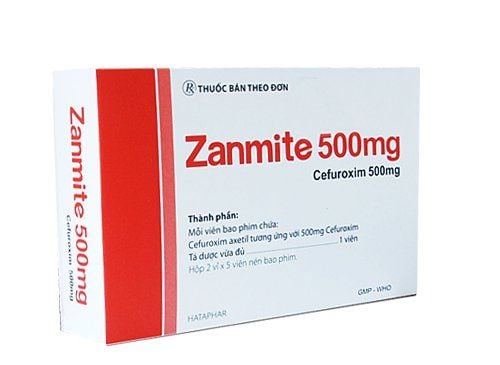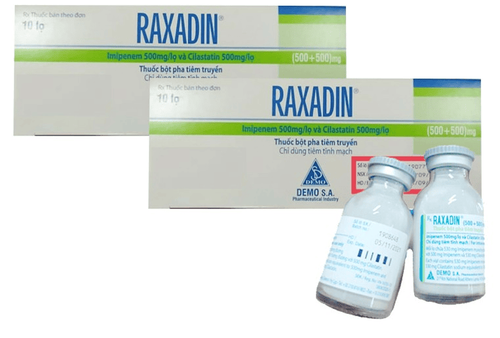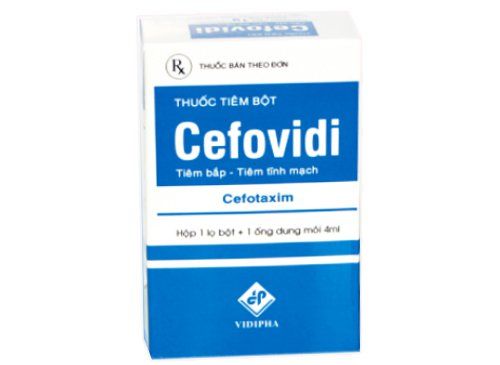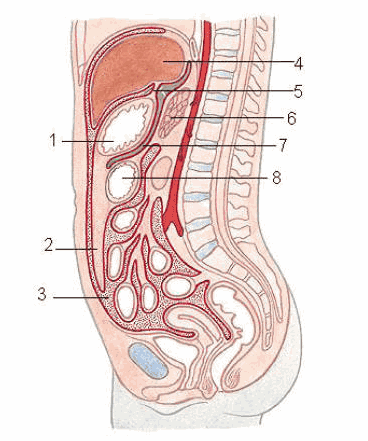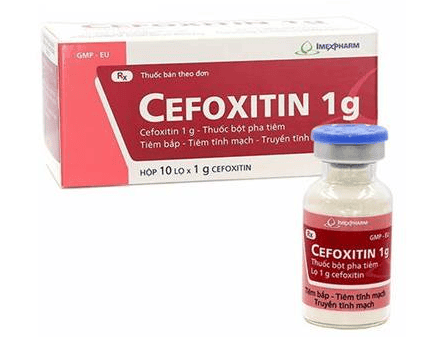This is an automatically translated article.
The article was professionally consulted with Master, Doctor Nguyen Thai Binh - Gastroenterologist - General Surgery Department - Vinmec Ha Long International General Hospital.Primary infectious peritonitis is one of the common pathologies of the abdominal cavity that can occur due to many causes. The disease has a high risk of death if not detected and treated promptly. Open surgery to treat peritonitis is one of the most optimal and most effective methods.
1. Open surgery for primary peritonitis
Primary infectious peritonitis is one of the common diseases of the abdomen, the disease is caused by bacteria invading from the gastrointestinal tract into the intra-abdominal bloodstream without known source. According to statistics, clinical data shows that About 10 - 30% of patients with cirrhosis and ascites have signs of primary peritonitis with a mortality rate of about 25%.
Diagnosis of peritonitis is mainly based on clinical symptoms:
High fever over 38 degrees Celsius, prolonged fever Severe abdominal pain and often accompanied by abdominal wall reaction, fullness and even paralysis intestine . Check for fluid in the abdomen If severe, you may be shocked due to infection

Primary infectious peritonitis can be considered as one of the diseases with acute development, if not treated promptly, it can lead to abdominal infection, infection of surrounding internal organs, even dead. In order to treat cases of primary bacterial peritonitis quickly and effectively, open surgery is used.
Treatment of primary peritonitis should pay attention to the following principles:
In the treatment of primary bacterial peritonitis, open surgery should be performed as soon as possible for the patient. Active resuscitation of the patient. Use broad-spectrum antibiotics, depending on the patient's condition, if necessary, use a combination of antibiotics. Emergency surgery to treat the infection, and at the same time to clean the abdomen. Surgical treatment of primary bacterial peritonitis aims to:
Solve the cause, treat the infection directly such as appendectomy, suture the perforation... Wipe the abdomen clean, drain the fluid and blood if any , especially in the low-lying areas and in the pits of the abdomen. Set effective drainage. Some notes on surgery:
Anesthesia by endotracheal anesthesia. The incision is the direct line or the midline white line above or below the navel. Skin should be left open when closing the abdominal wall.
2. Notes when treating primary peritonitis with open surgery
For effective treatment and to avoid possible complications after surgery, it is necessary to note a few things:
Prepare the patient well before surgery, explain and strengthen the patient's psychology patients, check the patient's health to ensure the conditions for performing the surgery.

Prepare sterile instruments and necessary equipment for surgery. Note that in some cases of intra-abdominal fluid, blood, difficulty in hemostasis or patients with intestinal adhesions, drainage should be placed at the cutting apex or through the iliac fossa before surgery. Be careful with the use of electrocautery to stop bleeding during surgery because it can leave damage occurring in 1-2 weeks after surgery. Monitor patients closely after surgery, especially for symptoms such as fever, abdominal pain, wound infection, fluid or pus at the incision site. Exercise caution in the first 48 hours after surgery. In cases where the patient is a pregnant woman, cesarean section, after surgery, it is necessary to monitor the signs of the uterus such as the ability to contract the uterus, discharge (color, quantity, smell). In cases with a history of hysterectomy, if the patient has a fever after surgery, it is necessary to pay attention to a closer examination of the genital area. In addition to the above, after surgery, patient care should be noted:
After surgery, the patient can only eat and drink when there is a bowel sound or defecation. Intravenous feeding. Water electrolyte balance. Indications for drain removal at least 4 days after surgery. Primary infectious peritonitis is one of the diseases that can be said to be critical if not detected and treated promptly. The disease can leave complications leading to inflammation of other internal organs in the abdomen leading to effusion, blood spillage, adhesions... even death from sepsis. Treatment of primary peritonitis has many different methods, but the most optimal method is surgical treatment of inflammation combined with the use of antibiotics, anti-inflammatory pain relievers, and resolution of the infectious cause. It is a complex process that requires expertise and experience as well as securing facilities.
Please dial HOTLINE for more information or register for an appointment HERE. Download MyVinmec app to make appointments faster and to manage your bookings easily.






